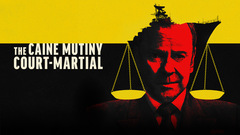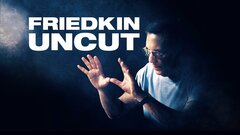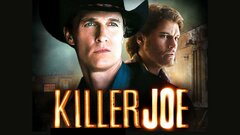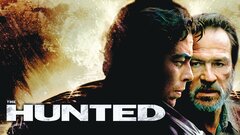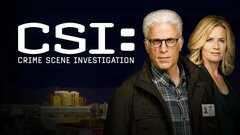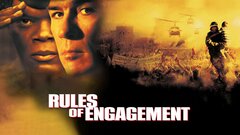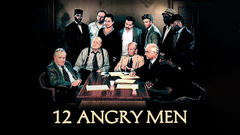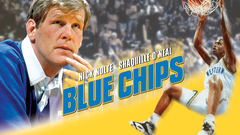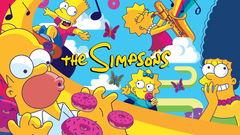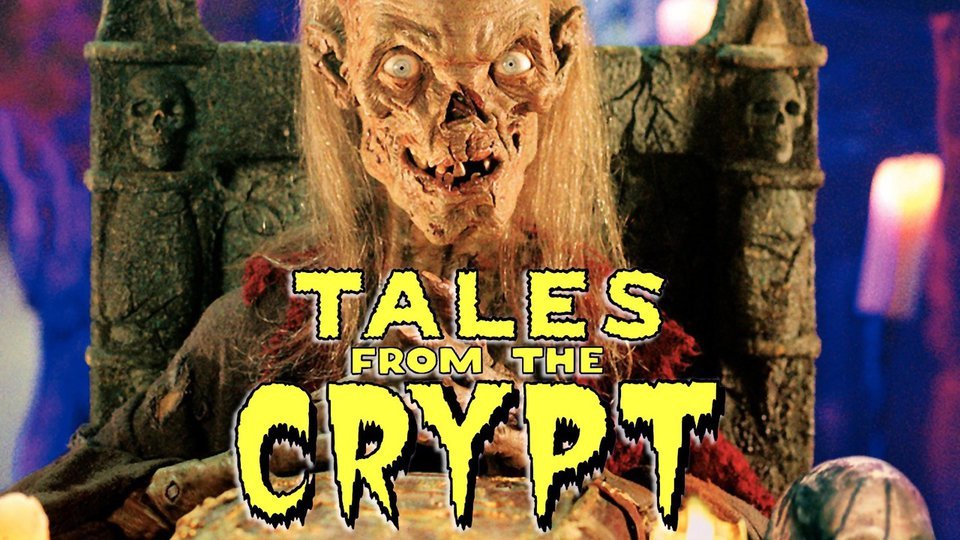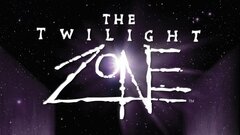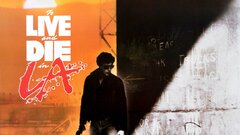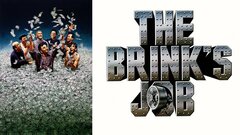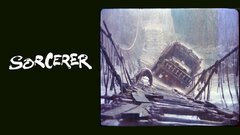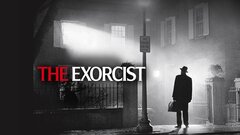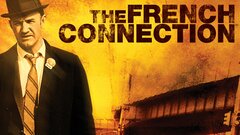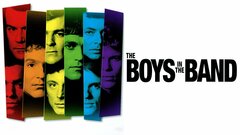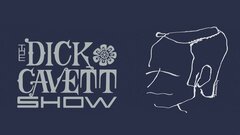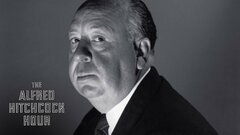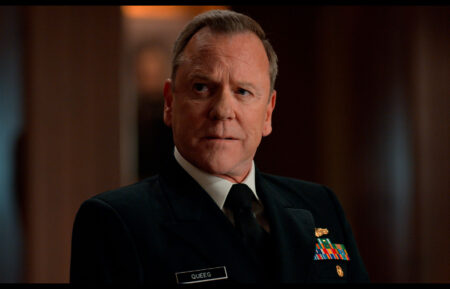One of the most powerful film directors of the 1970's, Academy Award-winning director William Friedkin was representative of Hollywood's first wave of hip, hot, young super-directors. Famed for his boisterous talent and booming ego, Friedkin earned a reputation for drawing out brilliant performances from his actors - by whatever means necessary. While a few of the director's notoriously manipulative tactics seemed questionable, no one could argue their effectiveness.
Just five years after making his feature film debut, Friedkin snagged the Best Director Oscar for "The French Connection" (1971). The director's landmark achievement, however, would be his 1973 filmic adaptation of William Peter Blatty's "The Exorcist." A landmark in special effects, make-up and storytelling, "The Exorcist" grossed - and grossed-out - millions. Noted for the stylized documentary look of his dramas, Friedkin's talents catapulted him to the front rank of American directors.
The husband of former Paramount Pictures head honcho, Sherry Lansing since 1991, Friedkin's career remained active well into the next century.
Born in Chicago, IL on Aug. 29, 1935, William "Billy" Friedkin was the son of Louis Friedkin, a semi-pro softball player turned clothing salesman; and his wife, Rachel, a nurse. Growing up exceptionally poor, Friedkin escaped his harsh surroundings by sneaking into the movies. One of the first films he saw, in particular, "Citizen Kane "(1941) with Orson Welles, made a profound impact on the future auteur.
After graduating from high school, Friedkin got a job at Chicago's WGN, where he directed television and made documentaries. In 1962, Friedkin made his film-directing debut with "The People vs. Paul Crump" (1962), a narrative documentary about an inmate who was put on death row after giving a confession which was forcibly beaten from him by police. While "The People vs. Paul Crump" never aired, it won the Golden Gate Award at the San Francisco Film Festival and paved the way for future work for the filmmaker.
His first effort, "Good Times" (1967) - an enjoyable little free love-and-music romp - barely registered on the cultural radar, but Friedkin's career was about to take a quantum leap forward. He followed up "Good Times" with the ambitious burlesque nostalgia piece "The Night They Raided Minsky's" (1968). Based on the 1960 book of the same name by Rowland Barber, the film was an unremarkable bit of fluff. Luckily, Friedkin fared better with his next project, an adaptation of Mart Crowley's off-Broadway play about homosexual men, "The Boys in the Band" (1970). Sensationally acted by the original stage cast, the film was a rare case where a single, claustrophobic set was an asset.
Crowley, who also produced "Boys," introduced Friedkin to legendary filmmaker Howard Hawks, who advised the young director: "People don't want stories about somebody's problems or any of that psychological sh*t. What they want is action stories. Every time I made a film like that, with a lotta good guys against bad guys, it had a lotta success, if that matters to you."
The advice stuck. When Fox production president Richard D. Zanuck offered Friedkin a shot at directing "The French Connection," he jumped at the chance. Operating on an extremely tight budget of $2 million, Friedkin opted to cast his film with relative unknowns, Gene Hackman and Roy Scheider. The rest is movie history. Friedkin's plan to shoot "The French Connection" as documentary-style as possible was mostly decided as a cost-saving measure, but ended up yielding a number of innovative techniques in cinematography. For instance, Friedkin instructed his camera operator to eschew such traditional basics as lighting and blocking; instead, simply film the events before them as if they were news reporters. The result was an "induced documentary" style of filming that was perfect for the gritty, urban crime drama. Perhaps best remembered for its renowned car chase - considered by many to be the most exciting chase sequence ever filmed - "The French Connection" garnered five Oscars for Best Picture, Best Director, Best Actor (Hackman), Best Screenplay (Ernest Tidyman) and Best Editing (Jerry Greenberg).
Friedkin's next picture, "The Exorcist" (1973), ushered in a new kind of horror film. It also earned him a reputation as a bully on the set. A highly controlling, extremely manipulative director, Friedkin's antics for "improving" performances ranged from slapping a non-actor - a real Catholic priest, no less! - to get an appropriately shaken line reading; to firing off a blank pistol behind star Jason Miller to catch the perfect startled reaction. Still, there was method to Friedkin's madness - the powerfully suggestive movie topped $100 million, accompanied by reports that audience members were fainting, having fits and regurgitating their popcorn in the aisles. A true landmark of '70s cinema, "The Exorcist" received 10 Academy Award nominations, including one for Friedkin as Best Director.
Unfortunately, fast on the heels of success, came the prodigious failures, starting with "Sorcerer" (1977) - a remake of Henri-Georges Clouzot's "The Wages of Fear" (1952). A colossal bust, "Sorcerer" was labeled by reviewers as a pretentious waste of time. Friedkin's next project, "The Brink's Job" (1979), assembled a notable cast - including Peter Falk, Warren Oates and Paul Sorvino - along with authentic period flavor, but it, too, died at the box office. Then came "Cruising" - the notoriously controversial 1980 crime thriller, which starred Al Pacino as a straight undercover cop who must pose as gay to capture a homosexual stalking serial killer. "Cruising" elicited widespread protest from the gay community for what they viewed as a highly negative depiction of the gay club culture. The film's graphic sexuality and violence also provoked loud howls from the MPAA, which refused to rate it until after substantial editing - described by the director in a 1998 interview with Sight and Sound as "butchery on the scale comparable to 'The Magnificent Ambersons' - we must have lost about 40 minutes of material."
Friedkin missed again with "Deal of the Century" (1983), a satire about international weapons merchants starring Chevy Chase. Increasingly in need of a hit, Friedkin attempted to fashion a California-set saga equivalent of "The French Connection." The result was the neo-noir crime thriller, "To Live and Die in L.A." (1985). Based on a novel by former secret service agent Gerald Petievich, the film boasted a solid cast - headlined by a pre-"CSI" William Petersen - and some truly spectacular car chases; but its intense vulgarity, amoral characters and stylistic overkill doomed the film with mainstream audiences.
After a brief foray into television in the mid-1980s, Friedkin returned to features. Hoping to recapture some of his early mojo, Friedkin returned to the genre that made him a household name - namely, horror. Inspired by personal experiences with people hired to look after his son, Friedkin wrote and directed "The Guardian" (1990), a dopey thriller about a baby in supernatural danger from a new nanny. Panned by critics, the film died quickly at the box office.
Friedkin returned to deliver some scares (with a comic twist), by helming an episode of "Tales From the Crypt" (HBO, 1992). The next year, Friedkin reached a career low point by helming the made-for-cable television movie, "Jailbreakers" (Showtime, 1994) starring Shannen Doherty and Antonio Sabato, Jr. He also directed one installment of Showtime's "Rebel Highway" (1994), a series of re-made 1950s and '60s teen drive-in movies.
On the big-screen, Friedkin continued his cinematic free-fall with such box office duds as the Ron Shelton-scripted basketball pic "Blue Chips" (1994) and "Jade" (1995), a by-the-numbers erotic thriller by screenwriter Joe Eszterhas. Convoluted, but decently acted, the film's climax featured one of the filmmaker's trademark long, dizzying car chases. Unfortunately, audiences - by now, somewhat jaded themselves after living in the modern age of summer blockbusters - were left unimpressed. "Jade" consequently died at the box office.
Fortunately, Friedkin's acclaimed made-for-cable remake of "12 Angry Men" (Showtime, 1997) earned him another shot at a big Hollywood project - an adaptation of the latest Tom Clancy techno-thriller, "Rules of Engagement" (2000). Declared by the American-Arab Anti-Discrimination Committee as "probably the most racist film ever made against Arabs by Hollywood," the film earned scathing reviews. No doubt stung by the criticism, Friedkin retreated from filmmaking for the next three years.
Friedkin's output continued trickling in through the new millennium. In 2003, Friedkin returned to direct "The Hunted," an underrated actioner starring Benicio Del Toro and Tommy Lee Jones. Following the movie's lukewarm reception, Friedkin retreated into hiding once more and did not emerge again for four more years. In 2007, Friedkin returned with his latest comeback bid, the psychological thriller, "Bug," starring Ashley Judd. The story of a divorcee on the run from her abusive ex-husband, (Harry Connick, Jr.), "Bug" was a complex tale of paranoia and violence told amid the infestation of madness. The film, an adaptation of the play "Bug" by American playwright Tracy Letts, received its world premiere in France at the 2006 Cannes Film Festival, but was not released domestically until a year later.
William Friedkin died on August 7, 2023 in Los Angeles, CA at the age of 87.

